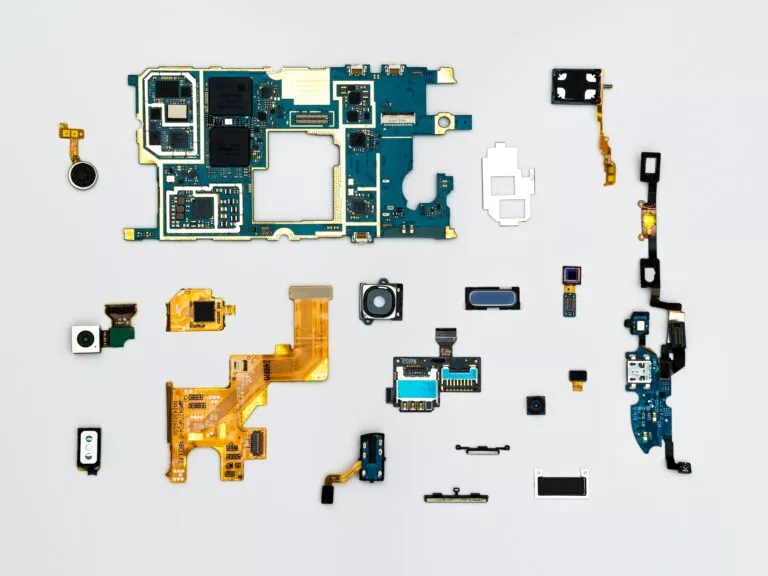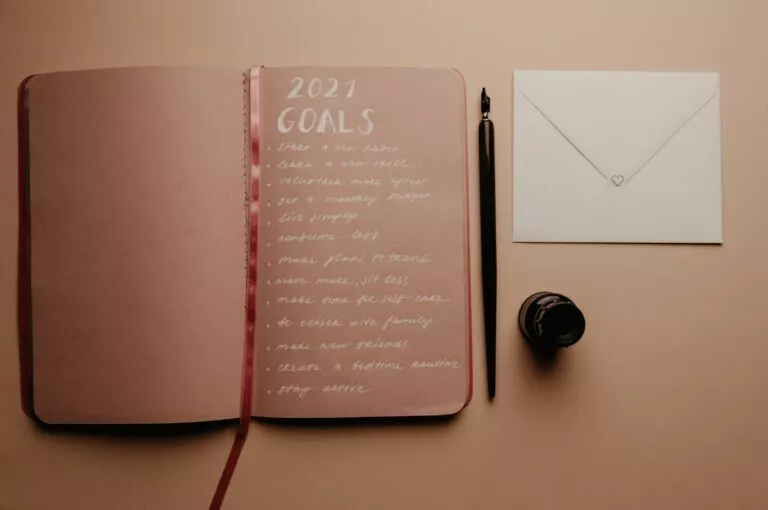Designing an amazing website
Designing an amazing website. Understand your target audience: Start by understanding the demographics, preferences, and needs of your target audience. This knowledge will help you design a website that resonates with them and meets their expectations.

Establish goals and priorities
Define the primary goals of your website and prioritize them. Determine what actions you want visitors to take and design your website in a way that directs them towards those goals.
Plan the layout and structure
Sketch out the overall layout and structure of your website. Consider the hierarchy of information, the arrangement of elements (such as headers, navigation menus, content blocks, and sidebars), and the flow of the pages. Use wireframing tools or design software to create a visual representation of your website’s layout.
Choose a color scheme and typography
Select a color scheme that aligns with your brand and evokes the desired emotions. Use a consistent color palette throughout your website to create visual harmony. Similarly, choose appropriate typography that is easy to read and complements your brand’s personality.
Create a visually appealing interface
Design a visually appealing user interface that is clean, modern, and visually engaging. Use whitespace effectively to create a sense of balance and focus. Pay attention to visual hierarchy by using size, color, and contrast to guide users’ attention to important elements.
Optimize for mobile devices
Ensure your website is mobile-responsive, meaning it adapts and functions well on various screen sizes and devices. Mobile optimization is crucial as an increasing number of users browse the internet on smartphones and tablets.
Incorporate intuitive navigation
Design a clear and intuitive navigation menu that enables users to move easily between pages and sections. Use descriptive labels and logical groupings to make navigation user-friendly.
Create engaging and organized content
Present your content in a visually appealing and organized manner. Use headings, subheadings, bullet points, and paragraphs to break up text and improve readability. Incorporate visual elements such as images, videos, and infographics to make your content more engaging and informative.
Include strong calls to action (CTAs)
Place clear and compelling CTAs strategically throughout your website. These prompts encourage visitors to take desired actions such as signing up, making a purchase, or contacting you.
Optimize page loading speed
Ensure your website loads quickly to provide a seamless user experience. Compress images, minify code, and utilize caching techniques to optimize page loading speed.
Test and gather feedback
Test your website across different browsers, devices, and screen sizes to ensure consistent performance and visual appeal. Gather feedback from users, colleagues, or usability testing to identify any areas for improvement or usability issues.
Iterate and refine
Continuously refine and improve your website based on user feedback, analytics, and emerging design trends. Regularly update content, address any design or usability issues, and stay current with the evolving web design practices.
Designing an amazing website: Summary
Remember that effective website design combines aesthetics with usability. Strive for a visually appealing design that also prioritizes functionality and delivers a seamless experience for your users.






